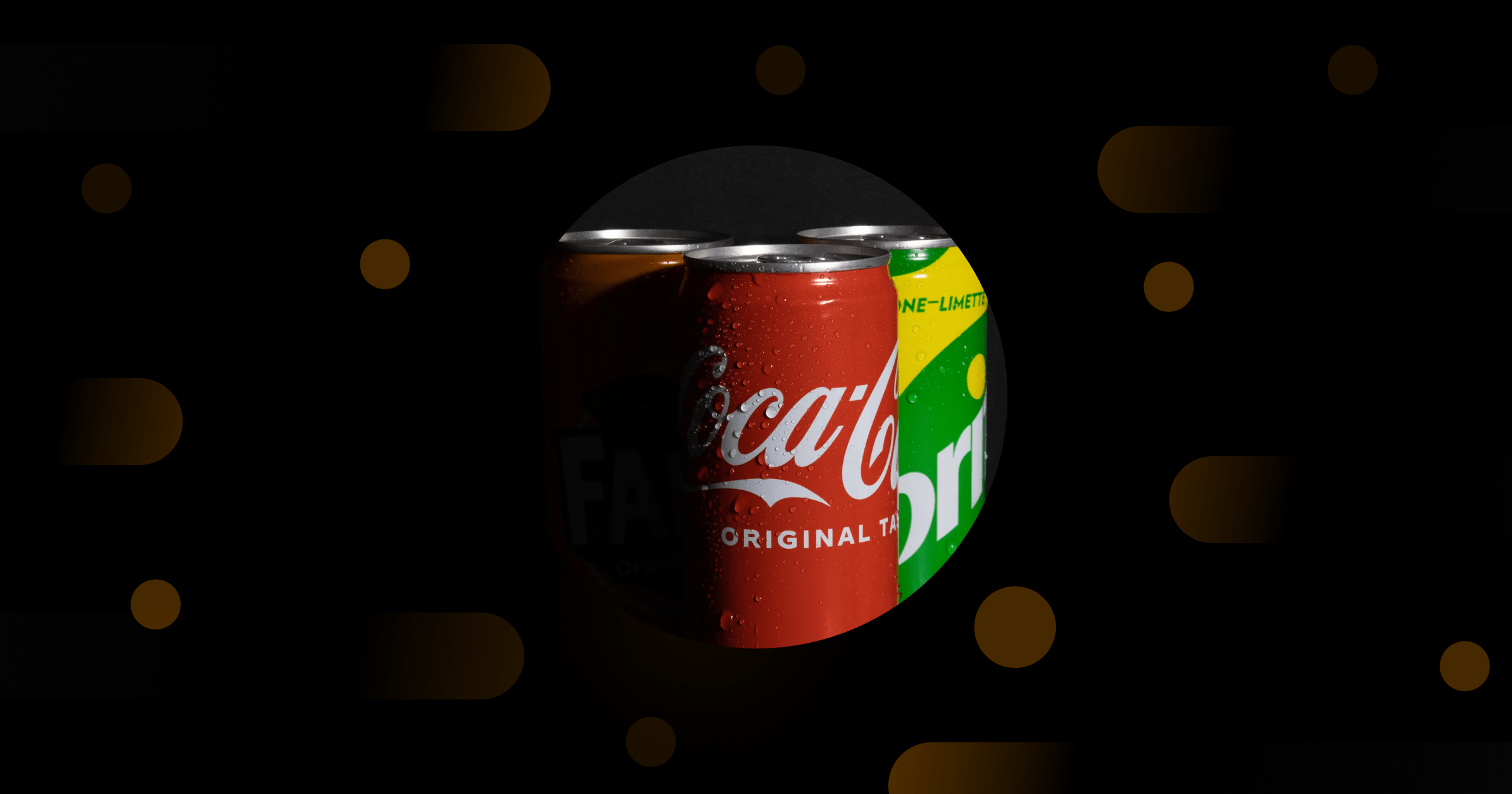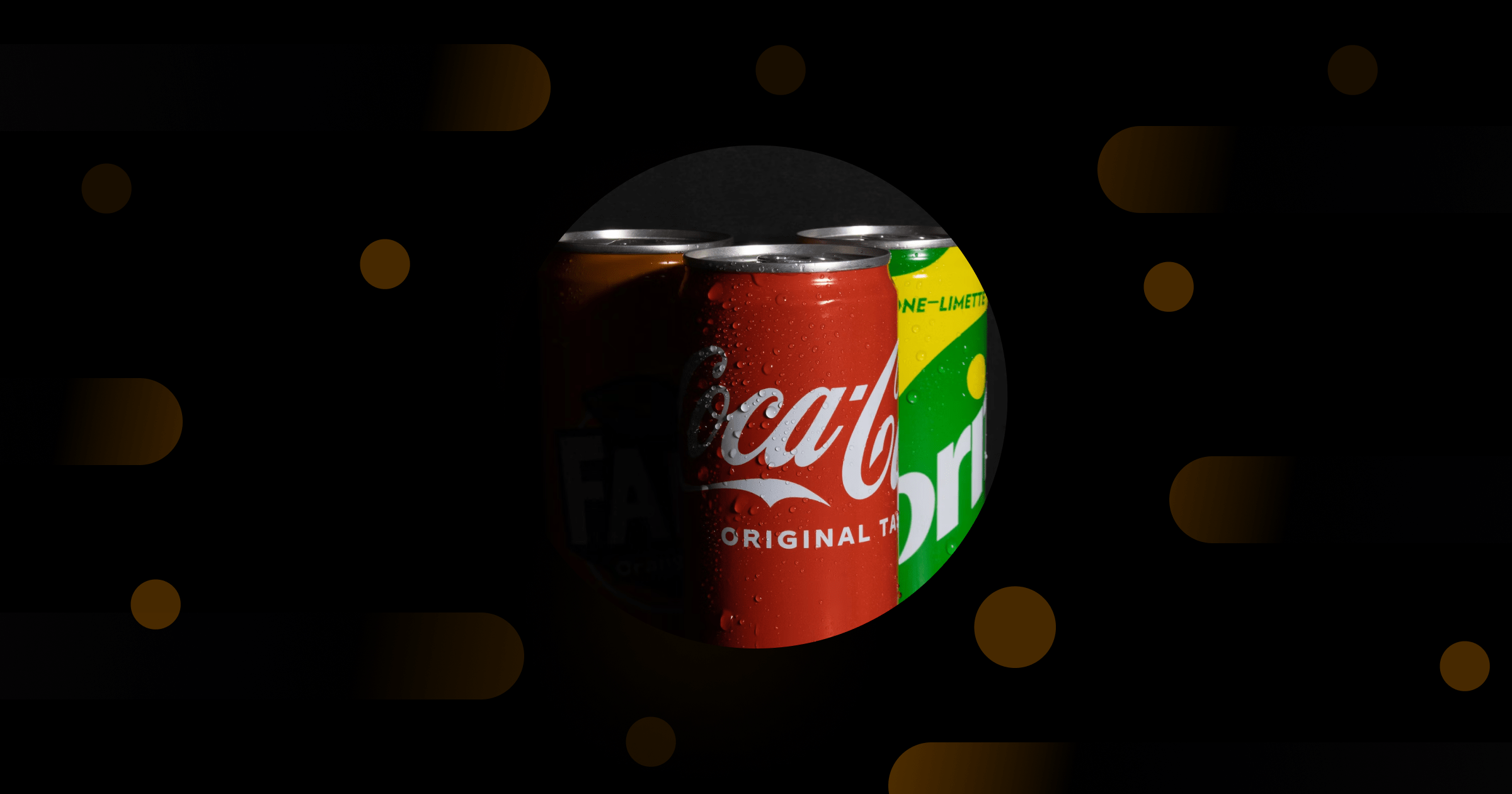
Table of Contents:
Problems Caused by Seasonal Demand
Methods of Managing Seasonal Inventory
What is Seasonal Demand Forecasting?
What is Seasonal Inventory?
Seasonal inventory is goods that are in high demand during certain periods of the year (season). Demand for seasonal goods can vary due to weather, events, occasions, or holidays.
Chains usually have inventory, where demand fluctuates depending on the season. This can be anything from clothing to household goods or groceries.
Types of Seasonal Goods
Holiday products that are in demand during the holidays - Halloween, Christmas, Easter, etc. As well as products related to events. Such products are related to specific events - sports, such as the Super Bowl, or political events - elections, etc.
Seasonality is the biggest challenge for retailers due to the influence of many factors that do not always depend on the chain.
In order to understand whether sales are seasonal, you need to analyze how goods are sold over several years and calculate the seasonality index. If fluctuations occur by more than 20% and are typical only for certain periods, then we can talk about seasonality in sales.
Seasonality is indicated by a variety of factors that recur from year to year. For example, the Easter celebrations. Retailers purchase festive products, such as grocery packs for Easter baskets, right before the holiday due to their limited shelf life. However, procurement planning should be carried out beforehand. Do you want to become the store where customers will be satisfied and find everything they need during all seasonal events and come back to your store again and again?
You need to constantly analyze sales and demand, prepare for the season, and exit from it. For proper seasonal inventory planning, you need a well-formed assortment matrix in order to properly plan product purchases and invest in goods that will not become dead stock. Correct demand forecasting leads to the optimization of inventory levels, reducing the incidence of shortages or surpluses.
Another important factor is safety stocks. But if the chain miscalculates and procures too much safety stock, it will turn into an overstock.
Things you need to know to calculate seasonal inventory correctly.
- Determine which products are affected by seasonal demand.
- Understand when the peaks in demand for a particular seasonal product will occur.
- Determine the level of uncertainty associated with the predicted peaks.
- Accurately predict the relative level of these seasonal peaks compared to normal demand for goods.
These factors will allow you to analyze and forecast all purchases of seasonal inventory as efficiently as possible.
Factors that affect seasonal inventory:
- seasonality ratio in the year;
- sales forecast;
- seasonality in weeks;
- outliers (non-typical sales, planned promotions, tenders);
- long-term trends;
- safety stocks;
- delivery schedules.
Ideal conditions for managing seasonal goods:
-
qualified staff;
-
automation of sales analysis, estimation, and demand forecasting processes;
-
reliable suppliers;
-
no cataclysms and force majeure.
At the same time, the ideal conditions for different retailers are different. For example, producers of soft drinks claim that their sales increase rapidly under one condition - when the outdoor temperature is above 20°C and more.
Problems Caused by Seasonal Demand
A seasonal spike in sales can not only increase profits but also cause overstock and additional storage costs.
Let's take a look at the most common problems associated with seasonal inventory management and how to deal with them.
Out-of-stock
Out-of-stocks cost retailers millions of dollars every year. It is a situation when there is no commonly sellable product in the warehouse and the chain has not replenished its inventory before the season.
During the peak of the season, the products may unexpectedly run out and it will be impossible to quickly replenish the inventory because suppliers just need some time to organize delivery.
Therefore, the lack of the right product means loss of profit, loss of customers, and loss of customer loyalty to the store. After all, a customer needs a seasonal product here and now, and it cannot be replaced by analogs. And the customer will buy it anyway, if not at your store, then at your competitors'.
Overstock
Let's imagine a situation where the season has started and sales of seasonal goods have begun. After the first sales, the chain procured more goods, but sales did not increase. Overstock leads to frozen funds that could be spent on other goods. Overstock forces retailers to conduct unplanned promotions to free up shelf space and release frozen funds. In addition, overstock in chains forces stores to write off goods with a limited shelf life. The goods that cannot be sold remain dead stock.
Usually, out-of-stock and overstock problems appear in chains with a large number of SKUs, as well as a lack of competent estimation of factors that affect the calculation and forecasts of seasonal demand.
Dead Stock
Dead stock is one of the biggest problems caused by seasonal goods. The term "dead stock" means inventory that you cannot sell. This is a big loss of revenue for retailers.
Retailers stockpile goods in anticipation of future demand. If the demand is not covered, they are stuck with overstocks that sometimes cannot be sold.
For example, after Halloween, a retailer may have a lot of themed goods that are unlikely to be bought after the holiday.
There are several ways to deal with dead inventory, and none of them are ideal.
Retailers can try to sell the goods at a discount, but this usually does not compensate for the loss of revenue. They can donate goods to charity, but this does not always make sense from a logistical point of view. Someone has to deliver the goods, or someone has to pick them up. Or they can simply throw the goods away, which is not a rational decision for a business.
Managing seasonal inventory requires accurate forecasting of demand, as large amounts of inventory can become obsolete. In addition, holding costs can increase if inventory is not sold as expected.
Inventory Storage Issues
Another area where seasonal inventory can be a problem for retailers is storage. Seasonal goods take up valuable space in warehouses and stores. Therefore, it requires proper management to avoid additional storage costs.
Methods of Managing Seasonal Inventory
- JIT;
- FIFO;
- LIFO;
- ABC analysis;
- Economic order quantity (EOQ).
JIT
JIT (just in time) is a just-in-time method in which a store receives inventory only as needed in small quantities. It is a way to reduce the cost of holding excess goods and avoiding dead stock.
JIT is ideal for businesses with an established forecasting process, stable demand, and predictable supply chains. However, when you order a product from a supplier and they don't have it in stock or have long lead times, you risk being left out of stock. If you can accurately predict demand, you can reduce costs and increase efficiency with JIT.
FIFO (first in, first out)
The principle of "first in, first out" means that the first goods that the store receives are sold first. FIFO ensures accurate inventory levels because it takes into account everything in the warehouse, not just recently received items. FIFO is ideal for retailers that sell perishable or seasonal products.
LIFO (last in, first out)
The method assumes that the inventory you purchased last is sold first. If you pay a supplier a bonus for inventory due to seasonal demand, LIFO helps you recover the higher cost by selling that inventory first. LIFO is ideal if you sell non-perishable products, as older inventory can stay in stock longer.
ABC analysis
The ABC analysis model prioritizes products based on their value, dividing inventory into three categories: A, B, C.
A - the most valuable products that bring the most profit.
B - mid-level products that have an average sales rate.
C - products that sell quickly but do not bring much profit.
ABC analysis can help you save money by prioritizing inventory purchases and selling obsolete inventory before it becomes unusable. ABC analysis also tracks the most profitable products and prevents them from becoming obsolete during the season.
Economic order quantity (EOQ)
EOQ helps determine the optimal amount of inventory to order. The economic order quantity is the ideal number of units that a company should purchase to meet demand while minimizing inventory costs, such as storage costs, shortages, and ordering costs. The economic order quantity formula assumes that demand, ordering costs, and inventory holding costs remain constant.
EOQ takes into account three factors:
- Demand;
- The cost of the order;
- Storage cost;
This is one of the most complex models to use in retail. This model is used if the team has an experienced inventory manager who has already worked with this model. If done correctly, EOQ can reduce a retailer's inventory costs.
Several ways to improve seasonal inventory management to meet demand and increase sales:
- Use historical data for forecasting;
- Categorize seasonal inventory;
- Combine products that complement each other;
- Reduce prices for illiquid inventory;
- Closely monitor inventory performance;
- Optimize order fulfillment.
Use historical sales data to predict future sales. Some products are more popular than others throughout the year. Predict seasonal changes in how much product you need to have in stock during these months. In general, the more seasonal a product is, the more difficult it is to manage.
For effective management of seasonal goods, the following factors need to be taken into account:
- Seasonal duration: It is important to identify the periods of highest demand and how long they last. Knowing product demand is crucial for effective seasonal products management.
- By periodically analyzing the demand for each product item, managers can develop procurement strategies that improve supply chain processes.
What is Seasonal Demand Forecasting?
Seasonal demand forecasting is the process by which business owners and managers determine the ups and downs of sales throughout the year or across different seasons.
Customer needs can change dramatically between seasons. You probably won't see high sales of swimwear in the middle of winter. Similarly, Christmas decorations may not sell as well during the summer months. Some changes in demand may be less noticeable: for example, an office supply store may have a significant spike in sales of school supplies and technology at the beginning of the school year, but it may also see a rise in sales around the time that local schools are scheduled to have final exams. Predicting seasonal changes in demand can have a significant impact on your inventory levels, and by accurately forecasting demand, you can better meet your customers' needs, which can lead to increased sales.
Retailers use analytics to predict seasonal demand. You can analyze sales during different seasons using the Datawiz BES analytics platform. Analytical reports will help to estimate sales in time after the end of each period and allow you to correctly predict demand. As a result, the chain will be able to optimize the level of seasonal stocks and avoid out-of-stock or overstock.
As the seasons change, consumer needs and preferences change. Therefore, retailers need to adapt their inventory to these changes in demand. In this article, we have discussed some effective strategies for managing seasonal inventory in retail chains.
So, plan your seasonal inventory at least six months in advance. This will give you enough time to research trends, order goods, and make necessary adjustments to your inventory management processes.
Track and analyze sales data. By analyzing sales patterns from previous years, retailers can better understand which products are likely to sell well during each season. This can help top managers make informed decisions about which products to order and how much to keep in stock.
Looking for a service to create planograms?
Try a free demo version of PlanoHero




